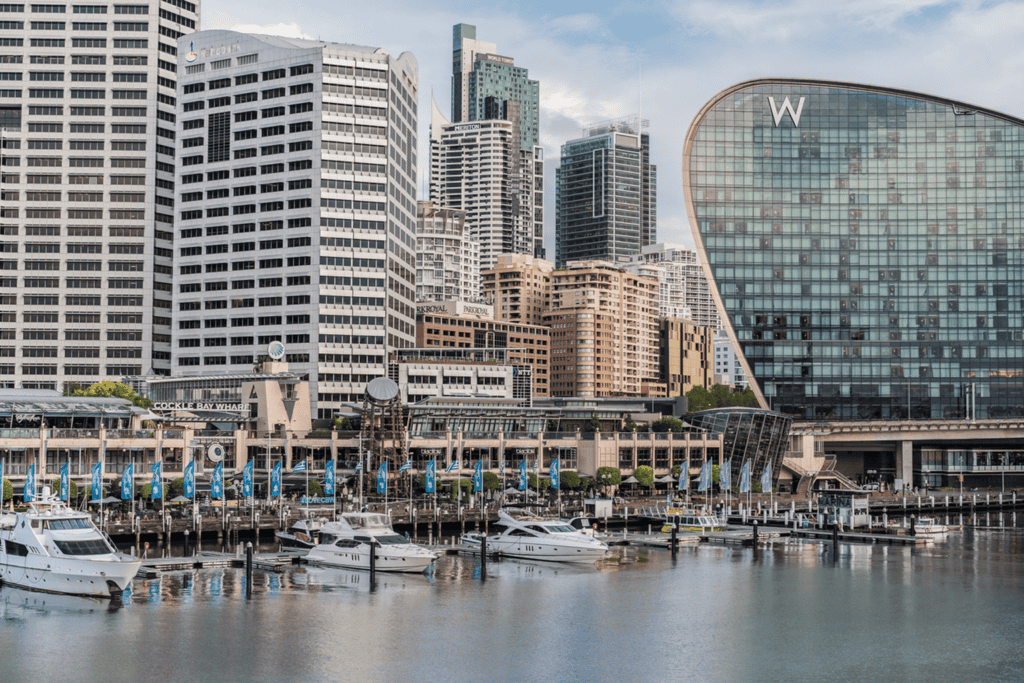- The RBA has left the cash rate on hold – again. Considering the nosedive in commodity prices and mining investment, sluggish consumption growth and lacklustre employment figures, this comes as little surprise. Without the still bubbling housing market, the Australian economy would be in a right state. But a heated housing market does not make a strong economy, and loose monetary policy is creating an unstable foundation for the fast approaching new calendar year.
Behind the 8 Ball
- There have been fourteen meetings since the RBA last made a change to the cash rate. Over this time the global economy moved from ‘running a bit below average’ to showing ‘moderate’ growth and the Australian economy largely followed suit. Despite this rhetorical improvement, there are a number of issues still facing the Australian context that are evidently so serious that the RBA has lapsed into a state of paralysis.
 This update does not constitute financial advice and should not be relied upon as such. It is intended only to provide a summary and general overview on matters of interest and it is not intended to be comprehensive. You should seek professional advice before acting or relying on any of the content.
This update does not constitute financial advice and should not be relied upon as such. It is intended only to provide a summary and general overview on matters of interest and it is not intended to be comprehensive. You should seek professional advice before acting or relying on any of the content.




